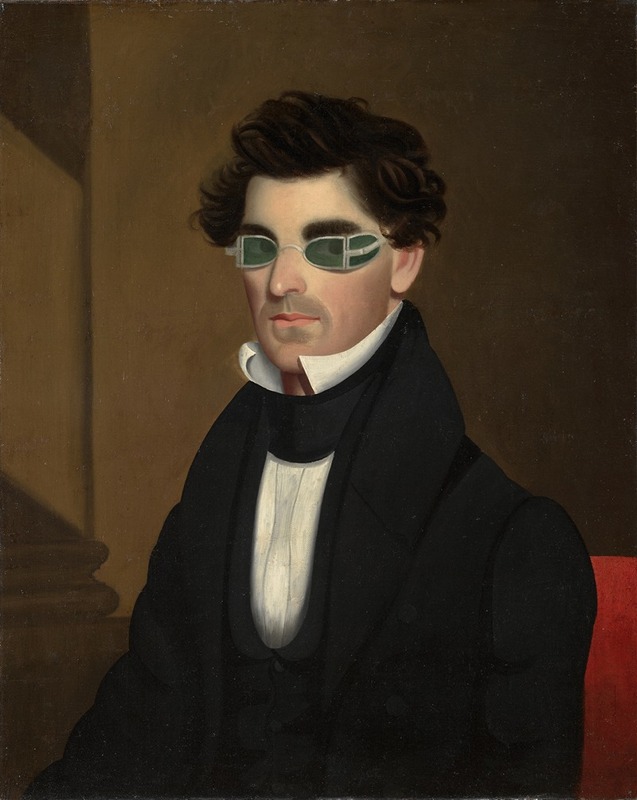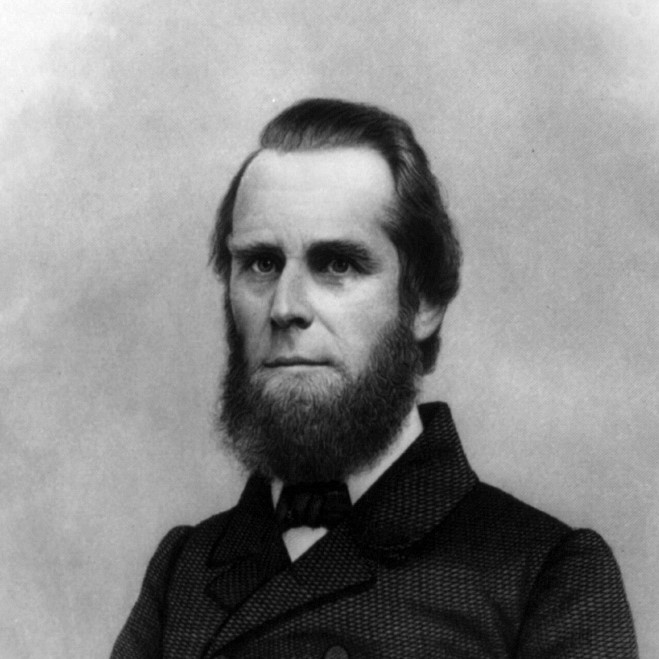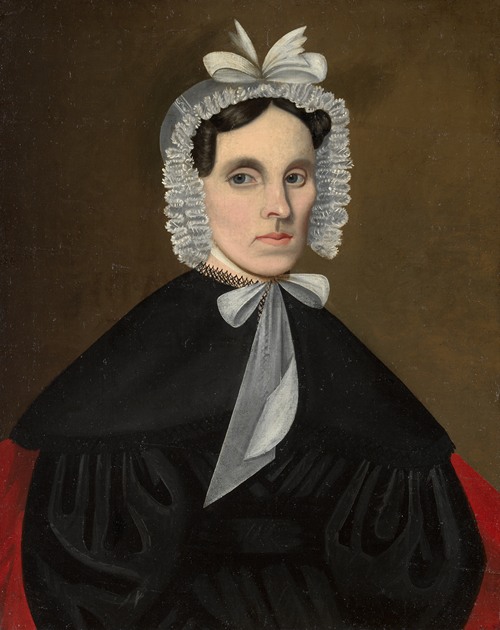

Jeptha Homer Wade was an American industrialist, philanthropist, and one of the founding members of Western Union Telegraph. Wade was born in Romulus, New York, the youngest of nine children of Jeptha and Sarah (Allen) Wade. He made the first Daguerreotypes west of New York, was a portrait painter, and moved to Adrian, Michigan in 1840 before developing an interest in the telegraph.
In 1847, he was subcontractor for J.J. Speed and constructed a telegraph line from Detroit to Jackson, Michigan, where Wade and his son operated the telegraph office. He also connected Detroit, Michigan to Buffalo, New York Cleveland to Cincinnati (Cleveland and Cincinnati Telegraph Company, the Wade Line), and others.
Wade moved to Cleveland, Ohio in 1856 with his wife and only child, Randall P. Wade (1835–1876). Eventually Randall would supervise the construction of two adjoining mansions with a shared driveway on Cleveland's Euclid Avenue, called Millionaires' Row. His grandson, Jeptha H. Wade II (1811–1890) commissioned the Cleveland firm of Hubbell & Benes to design several residences, commercial and public buildings.
In 1856 Jeptha helped Hiram Sibley consolidate most of the telegraph industry by forming Western Union through a series of acquisitions and mergers. In 1861, Jeptha Wade joined forces with Benjamin Franklin Ficklin and Hiram Sibley to form the Pacific Telegraph Company. The company's formation completed the linkage between the east and west coast of the United States by telegraph. Wade became president of Western Union in 1866. A year later he resigned because of ill-health and sold his interests to Jay Gould, and William Orton succeeded to the presidency of Western Union. Jeptha was nominated by the Democratic Party for Representative of Ohio's 18th congressional district in 1864, but lost. He was an incorporator of the Cleveland Rolling Mill Company and the Citizens Savings and Loan Association (becoming its first president), became president of National Bank of Commerce, and served on the board of directors of eight railroads.
Wade used his vast wealth to benefit the city of Cleveland. In 1882, he donated 63 acres (250,000 m2) of land east of the city for the purpose of creating Wade Park, which was named in his honor. Wade Park is Cleveland's cultural center surrounded by the Cleveland Museum of Art, the Cleveland Museum of Natural History, the Western Reserve Historical Society and the Cleveland Botanical Garden.
Wade also was heavily involved with the establishment of Hathaway Brown School, a private academy for young girls and women. He also co-founded the Case School of Applied Technology, which later became part of Case Western Reserve University. In addition, Wade served as the first President of the Board of Trustees for Lake View Cemetery on Cleveland's east side.
